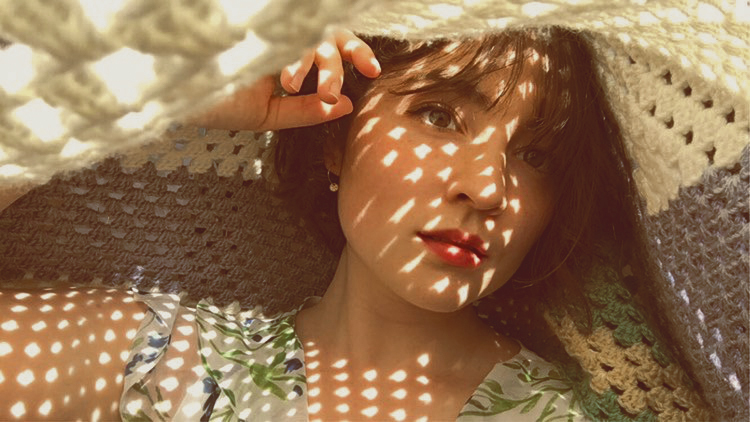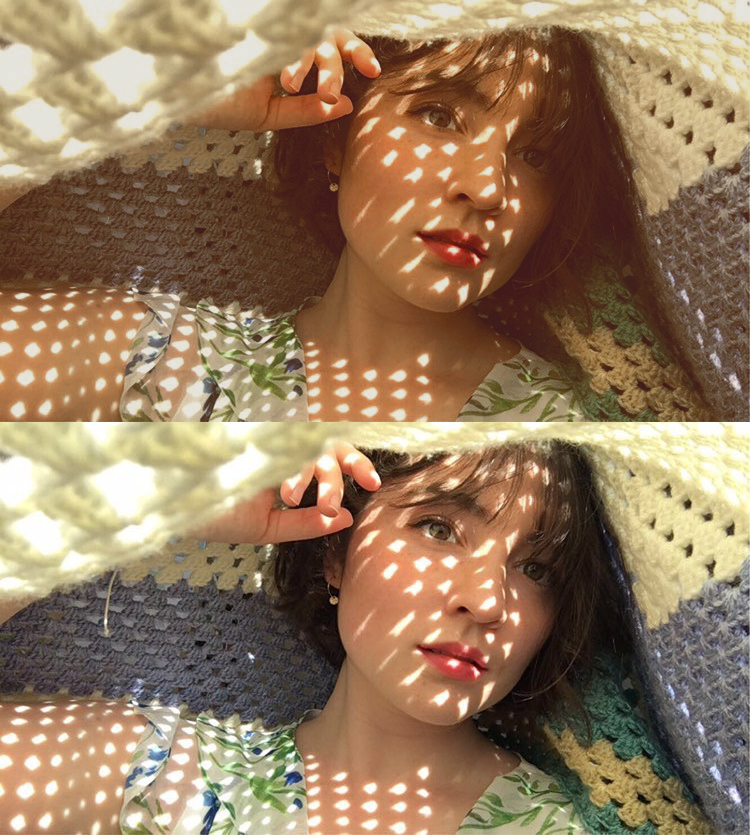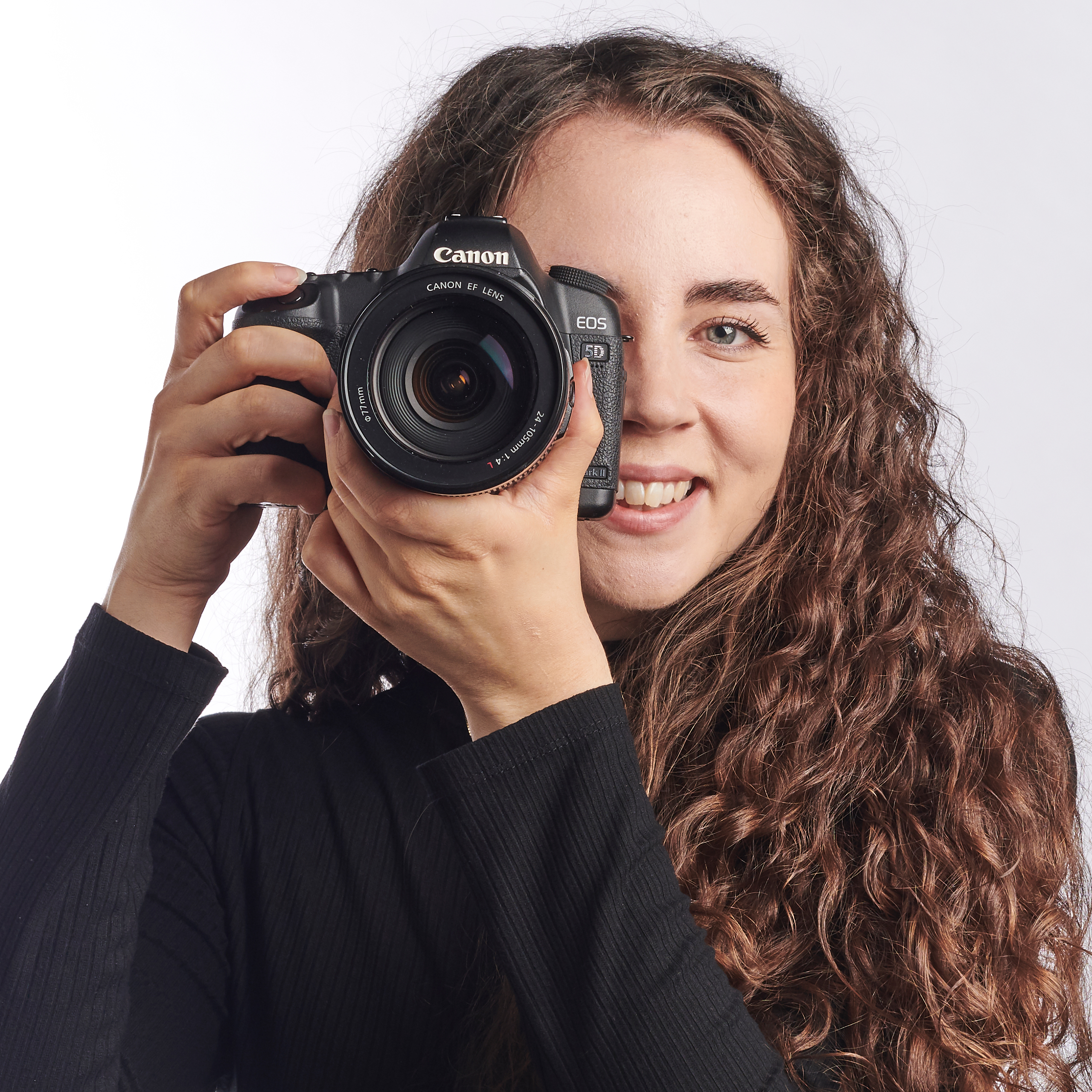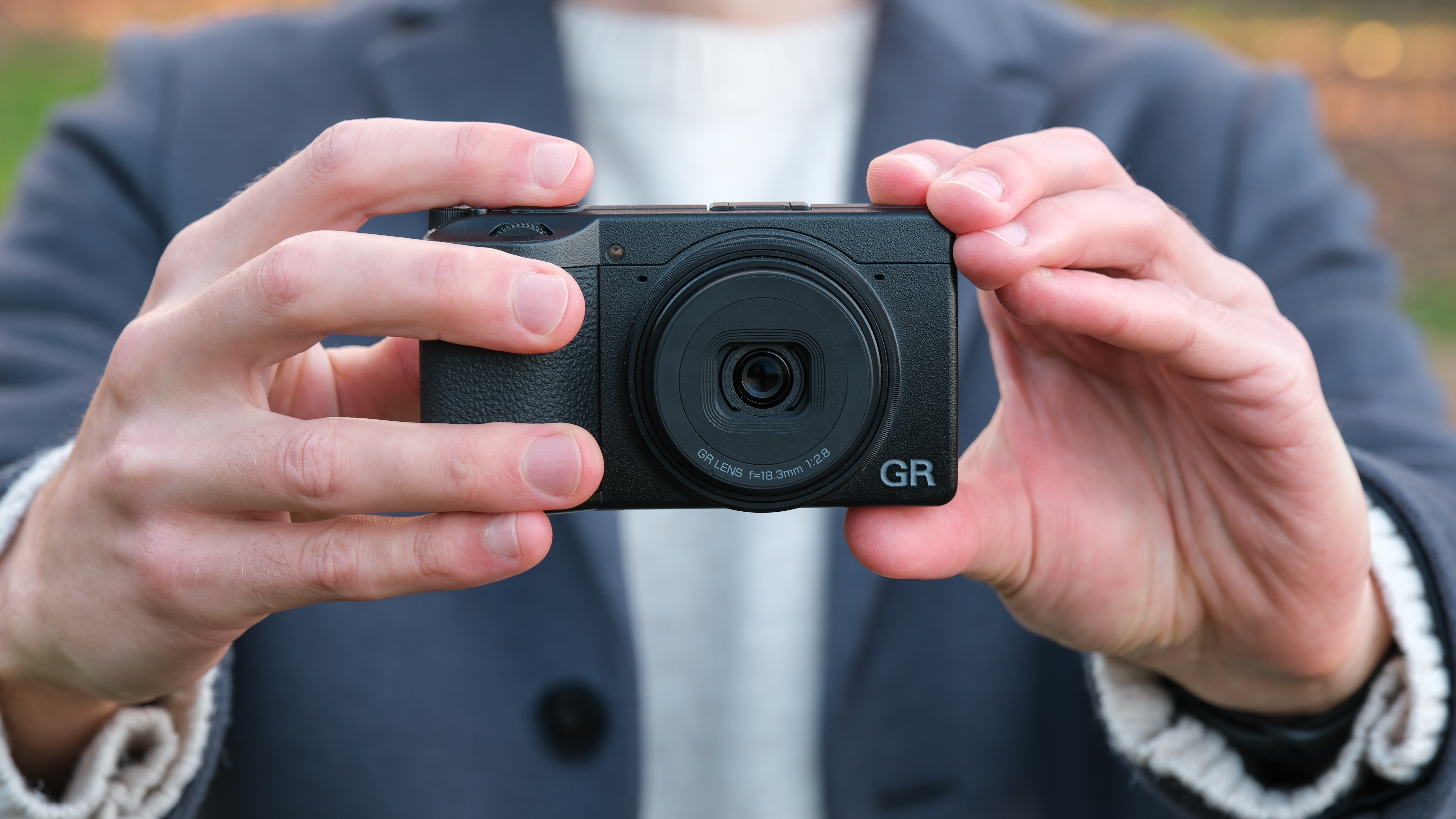Want to do portrait photography in lockdown? Try a FaceTime photoshoot
You might not be able to capture regular portrait photography, but you can still get creative with a FaceTime photoshoot

With lockdown in full swing in many countries around the world, it doesn't look likely that photographers will be able to go on their next portrait photography shoot for a while. However, even though you can't physically meet your model, you can still have fun with portrait photography through the magic of a FaceTime photoshoot.
This coronavirus-induced trend might skate on the line between futuristic and dystopian, but it's actually a really fun way to flex your photographic muscles. One of the genuine benefits is that it forces you to practice your direction skills, so if this is a weak area you've been looking to improve then you might want to consider a FaceTime photoshoot.
• Read more: Everything photographers need to work from home
• Get more photoshoot ideas
Whereas you can always physically move and adjust props on an ordinary portrait photography shoot, a FaceTime photoshoot means that the only way you can change anything is to ask your model to do it for you. It's also a great way to practice being able to quickly adapt to a new shooting situation. Your model will also be in lockdown, so they won't be able to go anywhere outside of their home. This means that you'll have to get creative with what they've got to hand.
While images from your FaceTime photoshoot likely won't make it into your portfolio, they are definitely a fantastic way to keep your photographic eye sharp during lockdown – plus, it's also a great opportunity to have a chat with a friend and have some fun during a period that can easily be both stressful and boring in equal measure.
How do you set up a FaceTime photoshoot?
The most important aspect of a FaceTime photoshoot is a good connection. For the best results, you'll want both parties to be connected to WiFi and be as close as possible to the router. However, even if your FaceTime photoshoot is marred by a poor connection, the ultimate point of this project isn't to have the best image quality possible. It's all about getting creative with what's on-hand – and having a bit of fun in lockdown! Plus, if you're lucky, you'll stumble upon a great idea that you can recreate later with your 'proper' camera.
Another useful prop for a FaceTime photoshoot is a smartphone tripod. If your model has one of these then they can prop up the phone wherever you direct, which means they can pose for you hands-free. However, this definitely isn't a necessity, and you can plenty of great photos without a tripod or phone stand.
The best camera deals, reviews, product advice, and unmissable photography news, direct to your inbox!
When you're FaceTiming your model there should be a little shutter icon near the bottom of the screen that you can press to take a photo. This should capture a screenshot of what you're seeing while also removing the little icon of your feed from the final photo. Alternatively, if you're having trouble with this method, you can simply take a screenshot by pressing the Home button and the On/ Off button at the same time for the ultimate FaceTime photoshoot authenticity.
How do you direct a FaceTime photoshoot?

Have a quick chat with your model before the shoot to ask them what props, backgrounds and clothes they have available. This will help you determine what kind of aesthetic you want to capture. Once you've determined a rough idea of what you want to do and your model has prepared themselves, you're now ready to hop on your FaceTime photoshoot call.
Once you're on the call, ask your model to quickly show you the area you're working with. This will give you the opportunity to pick out any interesting props or backgrounds that you want to incorporate.
Remember that a FaceTime photoshoot is all about having fun and experimenting, so don't be afraid to cycle through plenty of different ideas. You might find that you have a few duds until you stumble across a great set-up, so don't get discouraged if your shoot doesn't go perfectly at first.
For the best results, give your model clear and precise instructions, such as "position your left hand so that it looks like you're tucking your hair behind your ear", rather than vague requests such as "do something with your hand". This will help the shoot go smoothly and prevent either you or the model from becoming frustrated. Practicing your direction skills like this will also help you with your 'proper' portrait photography shoots in the future.
Read more
Best webcam for home working
Best iPhone for photography in 2020: from the iPhone 7 Plus to 11 Pro
Best lenses for iPhone and Android phones in 2020: add on phone lenses
With over a decade of photographic experience, Louise arms Digital Camera World with a wealth of knowledge on photographic technique and know-how – something at which she is so adept that she's delivered workshops for the likes of ITV and Sue Ryder. Louise also brings years of experience as both a web and print journalist, having served as features editor for Practical Photography magazine and contributing photography tutorials and camera analysis to titles including Digital Camera Magazine and Digital Photographer. Louise currently shoots with the Fujifilm X-T200 and the Nikon D800, capturing self-portraits and still life images, and is DCW's ecommerce editor, meaning that she knows good camera, lens and laptop deals when she sees them.

